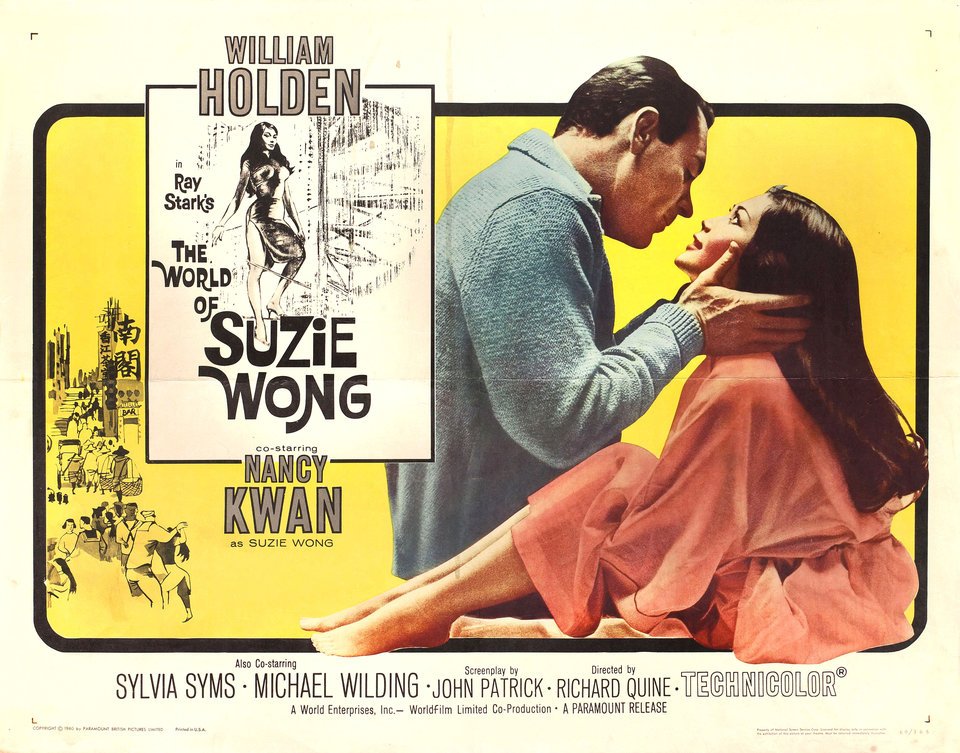
Man Mo
Exploring gaps and silences in our past
Critical Fabrication
Jan - Mar 2024 | 3 months
"Man Mo," named after one of the earliest Chinese temples built during colonial Hong Kong, was an exploration to access underrepresented perspectives and alternative historical narratives through a digital reconstruction built using archival materials. This project was developed as part of the Relational Reconstruction course at the School for Poetic Computation under the guidance of Jeffrey Yoo Warren and Dri Chiu Tattersfield.
Context
Archival silences refer to the absent or marginalised voices in historical collections, frequently resulting from archivists' decisions about what they deem important to preserve. These choices often favour perspectives of the Western, privileged, white, male, wealthy, and high-status elite, leaving the experiences of the marginalized communities largely unrecorded.
This imbalance is particularly evident in the archival materials related to Hong Kong, a British colony from 1842 to 1997. The majority of Hong Kong's historical records remain in the hands of the former coloniser and are often accessible only through a fee. This reflects the lingering power dynamics and underrepresentation of local voices in the official historical narratives.

Who draws the boundaries of belonging in Hong Kong, a city where East meets West but never quite merges?
Where, When, What, and Why?
For this project, I recreated the area outside the Man Mo Temple on Hollywood Road in 1860s–70s Hong Kong, a time of significant change for the city as the Kowloon Peninsula was newly colonized. This period was marked by growing economic opportunities that attracted large numbers of Chinese immigrants, leading to substantial demographic changes and the emergence of diverse communities within the colony.
Hollywood Road, one of the city's earliest developed areas, has been a stage for both the celebrated and the silenced. My recreation aimed to capture this duality, highlighting the universal experiences of identity, belonging, and the power dynamics that have shaped Hong Kong's evolution.
Colonial Segregation and the Divide of "Chinatown"
It may seem paradoxical to refer to a "Chinatown" in a place as clearly Chinese as Hong Kong. However, during the early days of British rule, Tai Ping Shan, the area surrounding the Man Mo Temple, was considered a "Chinatown" by European colonists.
The British colonial government implemented segregationist policies that created a high degree of separation between the Chinese and European communities in Hong Kong. This included providing aid only to displaced Chinese residents, selling land exclusively for Chinese occupancy, and introducing exclusionary terms in leases and zoning to prevent Chinese people from living in European-occupied areas.
Map showing the suggested demarcation line for formal separation between European and Chinese districts, 1886
The outbreak of the bubonic plague in 1894 further exacerbated this divide. In response, the Hong Kong government resumed about 10 acres of land in Tai Ping Shan, which accounted for 50% of the plague cases. This destroyed around 385 houses and displaced 7,000 inhabitants.
How do the colonial-era segregationist policies reflect the power imbalances and class divides between Europeans and the local Chinese population?
The World of Suzie Wong and the Objectification of Asian Femininity
The area's significance as a representation of Hong Kong's identity is further underscored by its central role in the 1960 film "The World of Suzie Wong." Set in the 1950s, the film explores the complex power dynamics at play, where an American artist rents a room in the fictional 'Nam Kok Hotel' located in this very district and encounters Suzie Wong—a young Chinese sex worker who becomes the object of his romanticised, almost predatory, fascination.
This narrative lays bare the colonial-era power structures, where the intersections of class, race, and gender collide in a display of exploitation. Suzie Wong, a vulnerable woman of the "Other" culture, is reduced to a vessel for the artistic and sexual fantasies of her Western counterpart, reflecting the objectification of Asian female sexuality.
Gentrification and the Existential Crisis of Hong Kong's Identity
In recent decades, the once-marginalized Tai Ping Shan has transformed significantly. Once designated a "Chinatown" by colonial rulers, it has become a trendy neighbourhood, attracting high-income earners, ‘expatriates’, and younger generations. As artisan cafes and hidden cocktail bars displace longtime Chinese residents and businesses, a question emerges:
Whose vision of "Hong Kong identity" ultimately prevails?
The coexistence of "Chinatown" and gentrification in Tai Ping Shan encapsulates the broader existential crisis facing Hong Kong — a city struggles to reconcile its colonial past with its uncertain future, caught between authenticity and artifice, tradition and transformation.

By focusing on Tai Ping Shan, Man Mo aims to explore the complex social, cultural, and political dynamics that have shaped Hong Kong's evolving identity.
Visualising the Past
Capturing the Spatial Context
To bring this historical period to life, I began by immersing myself in old maps from the 1860s-1870s. This allowed me to gain a deeper understanding of the spatial context and identify key landmarks that would serve as anchors for my research. One such landmark was the Man Mo Temple on Hollywood Road, one of the earliest Chinese temples built during the colonial era. This iconic structure became a crucial reference point as I delved deeper into the history of the area. Another vital element I wanted to incorporate was Victoria Harbour, the thriving entrepôt that facilitated trade between China and the rest of the world, which played a pivotal role in shaping Hong Kong's history and development.
To further enrich the spatial context, I researched and identified neighbourhoods with predominantly Chinese populations from the 1860s-1880s. I searched for visual references, such as historical photographs, that captured the architectural and cultural essence of the area, particularly along Hollywood Road, the focal point of this project. While I am familiar with the general vicinity, having walked these streets countless times, these historical visuals provided an invaluable window into the past, allowing me to recreate a more authentic spatial experience.
Representing Diverse Narratives
Recognizing the historical tendency to overlook the contributions and experiences of certain communities, I made a conscious effort to include diverse perspectives in this project. I specifically searched for photographs that featured female subjects and highlighted the presence of the Indian community, known as "Lascars" in the colonial lexicon, who lived in the area and participated in the vibrant trade and commerce of the time.
Preserving Untold Stories
With this digital recreation, we are reminded that official historical records often fall short in capturing the diverse voices and experiences of the marginalized—women, the working class, ethnic minorities, and other communities relegated to the periphery. Yet, these untold stories are crucial to understanding the true complexity of Hong Kong's history.
By exploring this recreated Tai Ping Shan, we are encouraged to listen for the muted voices and consider the power dynamics that have shaped this landscape. This project is not merely a window to the past, an invitation to reimagine the archives, challenge the dominant narratives, and ensure that the diverse experiences that have made Hong Kong what it is today are preserved, celebrated, and woven into the city's evolving identity.






















